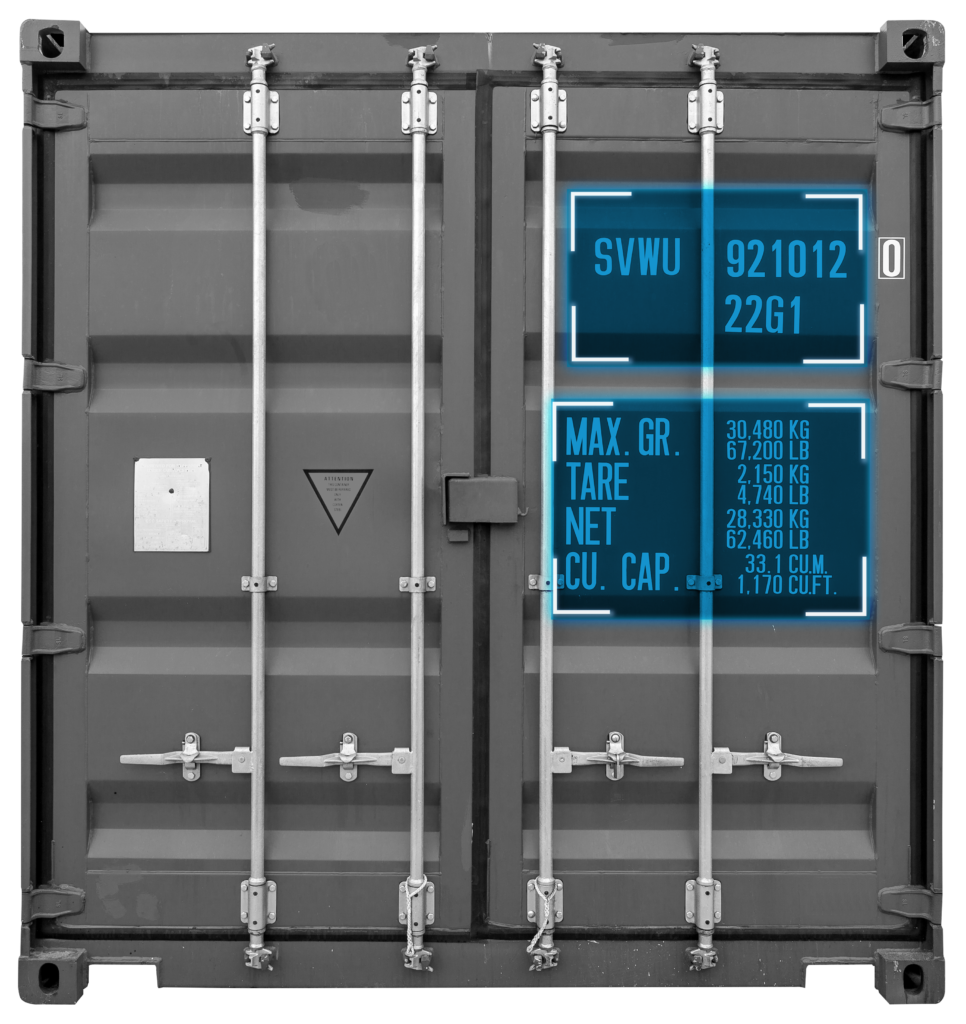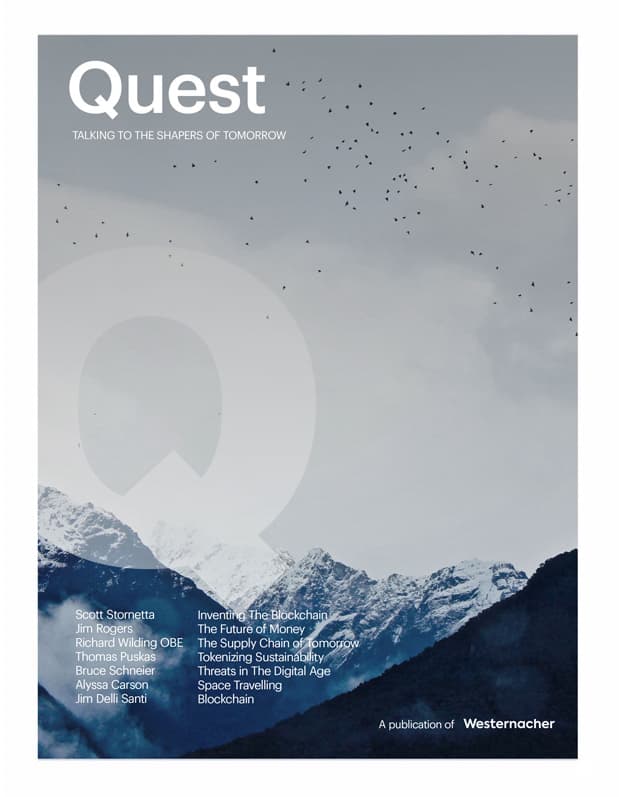Published on May 14, 2021 – Matthias Platzer, Senior Consultant Yard Logistics at Westernacher
Whether you have a small warehouse, an industrial siding, a multimodal terminal or an ISPS regulated port – access checks, damage inspections and safety assessments on transport equipment coming into the yard are major parts of your daily operation. These checks not only slow down the handling of external transportation, they also bind internal resources to a high extent and have negative effects on the yard’s overall throughput rate and performance. With the right technology in place, the manual interaction in these checking procedures can be replaced by system-driven automation. A significant increase in your yard’s throughput rate will follow.
The right technology is OCR – Optical Character Recognition. Commonly known since the early 2000s as text recognition software in computer scanners and nowadays widely available as smartphone apps for scanning and translation of texts, the technology has been used for many years in highway and public road infrastructure for license plate recognition purposes. With integration to your yard management solution, you can make use of this technology in various ways.
How OCR keeps track of your yard.
A camera takes pictures of a stationary or moving object and automatically identifies numbers and written information on the object – BIC or ILU container codes, railcar IDs, but also placards and CSC plates.

Figure 1: Example of optical character recognition
The retrieved data is sent to SAP Yard Logistics and processed, generating a wide variety of information for the planning and execution of the specific yard operations:
- Check of preplanned or pre-advised inbound or outbound container numbers, license plates, rail car numbers, etc. to your yard
- Capturing and documentation of inbound or outbound container numbers, license plates, rail car numbers, etc. (without preplanned or pre-advised IDs)
- Identification of dangerous goods and DG classes in tank cars, containers, rail cars and (in combination with the SAP Yard Logistics planning) the automatic derivation of handling instructions on the premises
- Automated check of railcar sequences and/or loaded containers on railcars and trailers
- Documentation of yard internal movements or lift-on/lift-off movements with camera-equipped reach stackers, forklifts, gantry cranes, etc.
- Warehouse door or gate monitoring with automated determination of the current occupancy status
- Inventory management using mobile cameras (attached to a car or drone) with the automated capture of containers and trailers and documentation of the occupied slots
- Digitalization of printed documentation (waybills, freight letters) and the further processing of the information in the system
The pictures taken by the OCR cameras provide an additional benefit: The optical capturing and documentation of the condition of the equipment. The systemic processing of the images will automatically highlight irregularities in the object surface – users of the system can identify these irregularities as damages and prompt follow-up processes (e.g. repair, maintenance or settlement processes). In combination with artificial intelligence and machine learning, the manual identification process can be further improved and automized. A manual check and creation of inbound or outbound damage documentation is a thing of the past!
Let’s take a tour of our OCR-improved multimodal terminal.
A train with container cars is about to arrive at the yard. A camera sensor next to the reception siding automatically captures:
- Railcar ID
- Length over buffer for each rail car
- Number of axles
- Container loaded on each rail car, identified by number
- Container specs (type, max gross weight, etc.)
- Dangerous goods information per individual container
- Sequence of rail cars in the trainset
- Equipment condition
Figure 2: Inbound container train – captured by OCR
The planning functionality in Yard Logistics will automatically assign containers based on type, condition, shipment order, hazardous material, etc. to specified storage areas. The storage areas are continuously monitored with OCR-cameras, giving a real-time overview of the current stock situation per area (and container stack). Furthermore, the current utilization is taken into account and potential restrictions in consolidating hazardous materials are considered.
Once the inbound train handling is complete, Yard Logistics will send unloading and movement tasks to the available reach stackers. For our example, let’s follow the putaway of a dangerous goods container:
The driver of the reach stacker automatically receives the pick-up location at track level and the assigned drop of location, directly on a screen in the driver’s cab. Once the reach stacker lifts off the container of the freight car, camera sensors on the stacker capture the container ID and perform a check against the assigned task in the system.
Figure 3: Example of an OCR equipped reach stacker
Once the reach stacker arrives at the drop-off location and lifts the container to the assigned stack, the camera sensors detect the drop and capture the following information:
- Container stack number (written on the floor or on a sign)
- Position of the container in the stack
- Surrounding container IDs
In terms of the outbound transportation of the shipped container, OCR assists in the vessel- loading procedure in the same way: cameras equipped to the gantry crane capture all lifted containers automatically and document not only the lifting task, but also the physical condition of the container at the time of loading. Once again, the loading progress is tracked automatically without any manual interaction of the crane operator and sent to SAP Yard Logistics, enabling a real-time tracking of the vessel’s handling operation.
If you are interested in the holistic optimization of your yard using OCR technology in combination with SAP Yard Logistics, or if you would like additional information on how SAP Yard Logistics will improve your yard’s performance, please contact our experts.
Share this article
